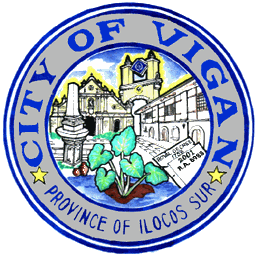
Vigan is an island, which used to be detached from the mainland by three rivers - the great Abra River, the Mestizo River and the Govantes River. It is unique among the Philippine towns because it is the country’s most extensive and only surviving historic city that dates back to the 15th century Spanish colonial period. Vigan was an important coastal trading post in precolonial times. Long before the Spanish galleons, Chinese junks sailing from the South China Sea came to Isla de Bigan through the Mestizo River that surrounded the island. On board were sea-faring merchants that came to barter exotic goods from Asian kingdoms in exchange for gold, beeswax and other mountain products brought down by natives from the Cordilleras. How Vigan got its name is told from an anecdote carried by the tongue of generations, which tells of a Spaniard walking along the banks of the Mestizo River. There, he met a native of the place and stopped to inquire: “Como se Ilama usted de esta lugar?” Not understanding a word of Spanish, the native scratched his head and upon seeing that the Spaniard was pointing to a plant, exclaimed in Ilocano: “Bigaa Apo”. Bigaa being Alcasia Macroniza, a giant Taro plant belonging to the Gabi family which used to thrive at the bank of the Mestizo River. From the name of the plant – Bigaa, whence Vigan derived its name.

